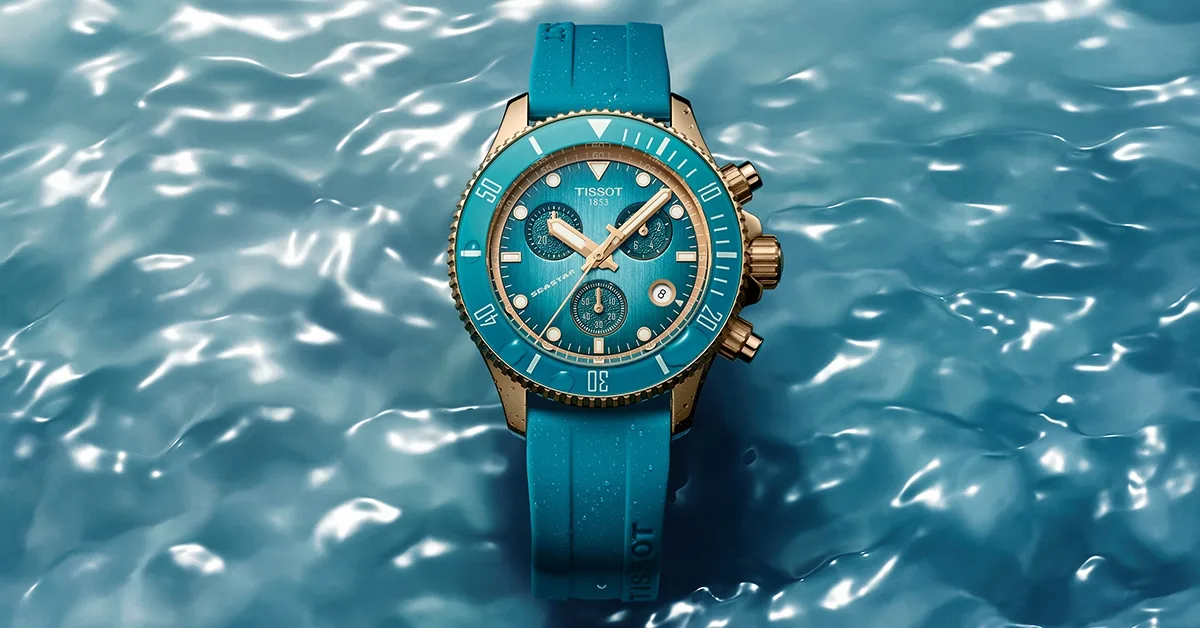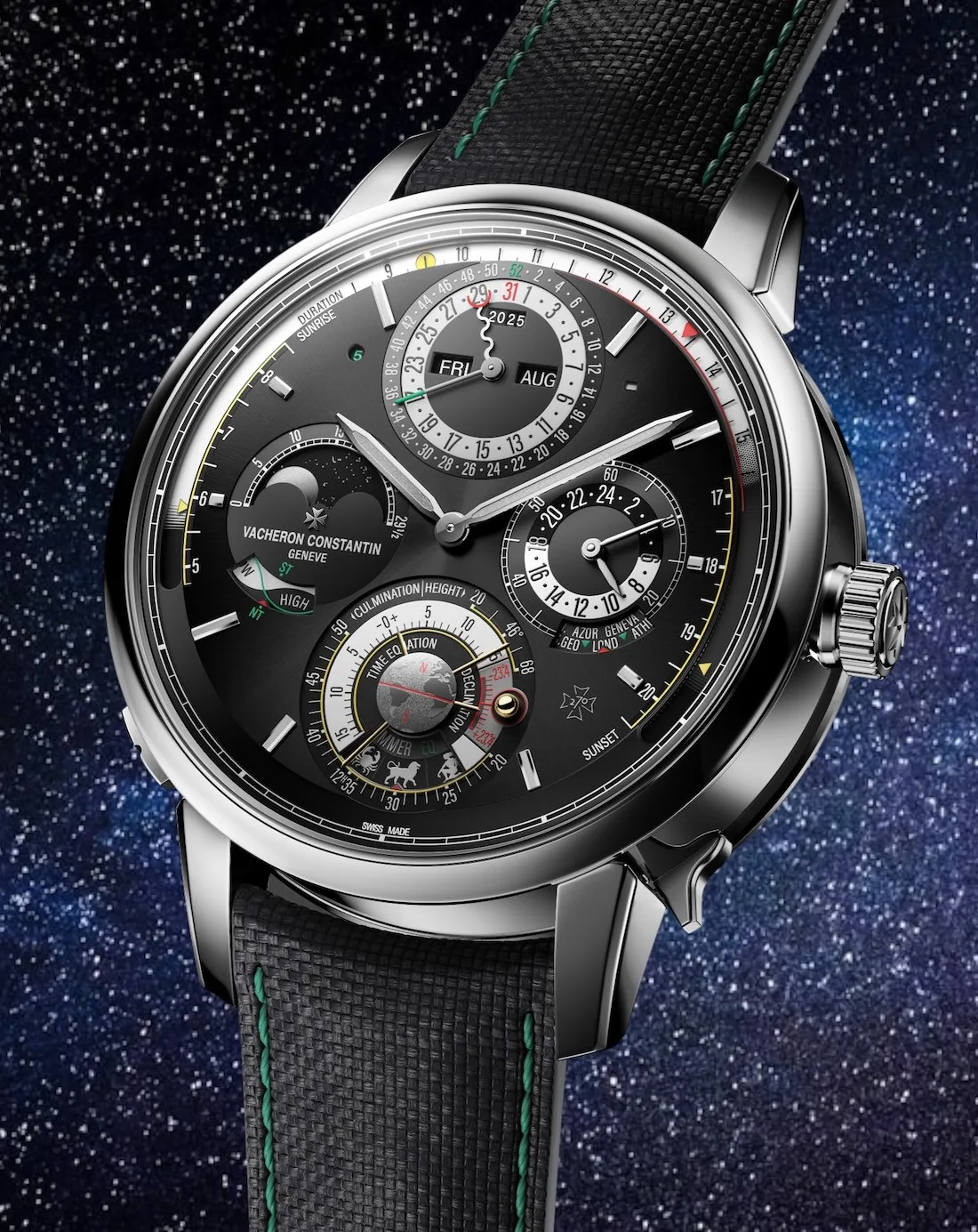The measures taken globally to control the propagation of Covid-19 have had a significant negative impact on the conservation efforts in Africa, exacerbated by other factors such as poor governance, poverty, increasing human populations and illegal wildlife trade, continue to drive wildlife declines across the continent.
The main source of revenue to support conservation efforts in Africa come from wildlife-based tourism, which generates nearly £26 billion and employs 3.6 million people. Tourism helps governments justify protecting wildlife habitats, generates foreign currency, generates many more full-time jobs that sectors like agriculture or industry and proportionally employs many more women.
So, after attending a presentation in London by Jacques Smit, Marketing Director at Sabi Sabi Private Game Reserve in South Africa, I decided to pack the family and go to see by ourselves the work they are doing as custodian of the natural heritage around them. Africa Travel in London helped us organise our trip and sort out the internal flights connecting Johannesburg with Skukuza airport, the only commercial airport in Kruger National Park.
The flight from London to Johannesburg takes 11 hours overnight so it is worth doing in as much comfort as possible. British Airways was the first airline to introduce flat beds in business class and more recently, they partnered up with The White Company to provide passengers with a large pillow, as well as a woven blanket, a lightweight duvet and a padded under sheet to make the flat bed feel more like a proper bed.

Impalas have developed a number of adaptations that allow them to thrive in Sabi Sabi, to the point that they are considered “the pigeons of the bush”.
From the moment we got out of the plane at Skukuza, we realised we had just landed in paradise. Forget about immigration queues, bleach-smelling corridors and digital screens. We were received with big welcoming smiles by the airport team and by our Sabi Sabi liaison, Conraad. Five minutes later, our luggage appeared next to us and before we knew it, we were on board an open top 4×4, on our way to Selati Camp. The journey was a safari in itself. We saw warthogs, zebras, giraffes, impalas … even a crocodile sunbathing at the edge of a waterhole. This definitely beats my usual run down the M4 from Heathrow Airport.
Upon arrival at Selati, we were explained a few of the rules to avoid becoming anybody’s dinner. All the Sabi Sabi lodges are open, which means that animals can roam free wherever they want. They tend to not get into the camps as they kind of understand they are human territory but exercising caution is paramount here. As a precaution, the moment the sun comes down, you are escorted everywhere.

The colonial-style suites at Selati camp are opulently designed and equipped with all of the comforts you’d expect in a 5-star hotel.
In the Sabi Sabi set up, Selati represents the past. In fact, the name comes from an old railway that ran across Kruger National Park all the way to the ports of Mozambique, carrying gold from the Drakensberg escarpment which rises to the west of Sabi Sabi. This family friendly lodge is luxurious and beautifully designed. There are eight colonial-style thatched roof chalets, spacious and decorated with touches reminiscing of its railway past, such as original steam engine name plates, signals and shunter’s lamps lighting the pathways, as well as interesting memorabilia placed in each suite.
There is a common swimming-pool and a decked area overlooking a watering hole. If you are lucky, while you are having your lunch, you can see some animals trying to catch theirs. Keep an eye on the vervet monkeys. They hang around the surrounding trees and may attempt to steal the leftovers of your meal.

Each suite has an alfresco bath and shower, ideal to stargaze at night with a glass of wine in your hand.
After a light lunch, we were introduced to our ranger and our tracker, Dieter Lategan and Zulu Hendrey, who would stay with us from dawn to dusk every day, teaching us to appreciate the bush in all its glory and complexity.
On our first game drive through the game reserve, we observed a constant change of vegetation: thickets, savannah and open grassy areas. We saw a lot of uprooted trees scattered on the ground, mostly brought down by elephants, who strip the bark to gain access to the cambium layer beneath, which is the part of the tree that carries nutrients and water up and down from the roots to the leaves and back. If the elephants remove all the bark, the tree will die. Dieter explained: “Even at this point, the tree plays a big role in the ecosystem of the bush. It will feed termites, beetles and other invertebrates; and birds like the Crested Barbet ad the Red-billed Buffalo Weaver will make it their home.”


Left to right: A crested Barbet and a Red-billed Buffalo Weaver, two of the birds that nest in dead trees.
As we drove next to a riverbed, Zulu pointed out at the trees. Dieter stoped the car and as our eyes adjusted to the early evening light, we realised there was an elephant with a tiny calf, no more than a month-old. Behind them, two young adults were sparring, kind of training for adulthood. They rammed each other, crashed against trees, their tusks engaging in playful sparring. They snorted, grunted and trumpeted, filling the silence of the evening with sounds that reverberated throughout the bush. At some point, they were within touching distance of our vehicle. We sat there observing them until the boys had enough and just followed mum elephant and the little baby into the dense riverine vegetation.
Watch the two young elephants spar:
Dieter drove away to higher ground. As the sun was approaching the line of the horizon, Zulu indicated Dieter to stop. With a smile, he turned around and exclaimed, “Drink time!” Within two minutes, they had set up a mobile bar with almost anything you could dream of. I can’t describe with words the magic of watching your first sunset in the bush. The sky first turns yellow and orange, slowly fading into purples and pinks, just before a strip of fiery red marks the end of the sunset, giving way to the night-sky, studded with millions of stars, with the backdrop of the Milky Way. In the background, a lion roared so loudly, that we felt the ground beneath our feet vibrate. We turned to Zulu, but he just shrugged his shoulders, smiled and said, “He is far away enough.”

You’ll never forget your first sunset in the bush, even more so if also sharing a few drinks.
The night is a great time to follow animals as they hunt. We drove back to the lodge in silence, listening to the haunting sounds coming from the bush. Roars, squeals and groans indicated the presence of a variety of predators nearby. Soon we encountered a couple of spotted hyena (the laughing type), which are the largest four-legged hunters in Africa, only second to their mortal enemies, lions. Although they are known as scavengers, they are extremely intelligent and successful pack hunters.
At the lodge, chef Kunene had prepared a wonderful dinner for us, which we took outside, lit only by oil lanterns, under the spectacular southern night sky. Meeting for the morning drive was scheduled at six, so by 10pm I was back in my room, but couldn’t go to bed before having a glass of wine in the bath on the terrace of our suite, looking at the bright stars of the Southern Cross.
We may have caught to giraffes flirting as these animals press their necks together when they are attracted to each other.

There is a reason why they ask you to dress with as many layers as humanly possible when going on game rides. At dawn, it is freezing cold. The team at Sabi Sabi though are prepared for every eventuality. Not only they equip their vehicles with blankets but also with hot water bottles. Nice touch. Despite the early hour, we were all super excited at the prospect of seeing more animals as close as we did the previous day. The first to greet us that morning was a group of giraffes, several adults and a couple of youngsters. I couldn’t come to terms with how close they got to us. “For the last 40 years, all these animals have been seeing these vehicles going around, but never ‘attacking’ them so they kind of think they are something else that lives in the reserve,” Dieter explains. “They are used to the shapes so if any of you stand up, they’ll probably go away,” he adds, “and most definitely, don’t even think of jumping out of the car, that could end up very badly for you.”

Rhinos start nibbling on solid food at seven to 10 days of age, but they continue to nurse until they are 12-18 months old.
Next, we bumped onto a white rhino with her baby. The epitome of cuteness, the calf was extremely curious and approached until she was less than a metre away from the car. The mum didn’t seem to mind at all and kept munching grass nearby. After a few minutes, the baby had enough of us and went back to mum for some breakfast. Oh, the slurping and slurring as she was nursing! We couldn’t help but burst into laughter. After more than a century of protection and management, they are now classified as Near Threatened and around 18,000 white rhinos exist in protected areas. Rhinos in Sabi Sabi and many other reserves get their horn cut off to stop poachers from killing them. Apparently, they don’t really need them, so it is a simple enough measure to help the survival of the species.
The problem in a place like this is that you get spoilt for choice, so at some point, you almost ignore warthogs, zebras, kudus, impalas, wildebeest and many other animals which, in any other environment, would have been the stars of the show.

The safari deck at Bush Lodge offers magnificent views of game-filled plains.
Over the midday break, we moved to Earth Lodge. On the way, Dieter showed us Bush Lodge and Little Bush Lodge, which represent the present, the Sabi Sabi of “today”. Deep in the bushveld overlooking a waterhole and an open plain, Bush Lodge is the largest of the Sabi Sabi properties, with 25 rooms and plenty of common areas to socialise with other guests. There are two swimming-pools, a gym, a spa and a kids club. For a romantic escapade, I would choose Little Bush Lodge, nestling in the shade of indigenous riverine trees on the banks of the Msuthlu river. There are only six suites here, each with their own viewing deck and jacuzzi overlooking the riverbed.

The award-winning Earth Lodge represents the future in the Sabi Sabi set up, with its innovative architecture sculpted into the earth.
At Earth Lodge we were welcome by the wonderful Alta du Tat and Stefanus Reinhardt. These people really know about hospitality. Recently somebody asked me what really makes the difference in a luxury hotel. Well, it is the people, their attitude and the capacity to understand, almost anticipate, the needs of their guests, the willingness to throw away the rulebook to make things happen, to provide visitors with unforgettable lifetime memories. This is exactly what the team at Earth Lodge do. Every single member of their staff seems to have your happiness and satisfaction at the very top of their priority list, so whatever you ask for, the answer is always ‘yes’.
Earth Lodge represents the future of Sabi Sabi… and it is jaw-dropping beautiful. Located in the southern part of the reserve, it consists of 13 suites, each with its own private pool, distributed on both sides of the main building and common areas (restaurant, bar, terrace and spa). Described as the most environmentally sensitive lodge in Africa, it is sculpted into a slope, almost invisible in the landscape. The architects and interior designers used texture, light and space to present a lodge like no other. There is an indoor/outdoor dining area overlooking a waterhole and unending bushveld, a secluded library, art gallery, meditation garden, and an underground wine cellar with a collection of over 6,000 bottles of rare wines. Natural wooden sculptures by renowned South African artist Geoffrey Armstrong are speckled all over, adding a touch of artistic magic to the place.

Each of the suites at Earth Lodge have their own terrace, pool and sun-bathing area.
Like in all the Sabi Sabi lodges, everything is included here, and I really mean everything, even your laundry… and the minibar which in this case, it’s everything but. The size of half a full-length closet, you’ll find in it everything from Grey Goose vodka to South African gins and wines plus a vast array of mixers.
Something very exciting was waiting for us in our first game drive based at Earth Lodge. Shortly after we departed, Dieter told us that leopards had been spotted in the area and that with the help of other trackers, we were going to pursue them. It took a while, but tenacity and teamwork paid off and we ended up having the closest encounter you could imagine with a couple of them. Zulu explained that the female was a regular in the area, but that the male had probably crossed from neighbouring Kruger National Park and was a bit shyer. They were clearly flirting and to me, it seemed as if the female was showing the male how brave she was by coming very close to our car and acting as if we were not even there. After a while, we let them get on with it and drove away.

A male leopard will stay with a female for one to four days to mate. During this time, the pair will engage in a lot of chasing in a relatively small area.
Since we hadn’t yet seen a hippo, Dieter took us to a couple of watering holes. In the second, we found our hippo, soaking in the water and enjoying the warmth of the sun on his back. Hippos are the most aggressive and the deadliest large land mammal on the planet. It is estimated that hippo attacks kill 500 people each year in Africa. And they are fast, being able to pick up speeds of 30km/h. With their weight ranging between an average of 3,000 pounds for females and 6,000 for males, they could turn upside down a jeep without breaking a sweat. We almost had the opportunity to test this fact as our friend got fed up with being observed and suddenly charged towards the bank of the pond where our vehicle was. Fortunately, the bank was too tall and he couldn’t get his fat bum out of it.

At Earth Lodge, elephants often come to the very edge of the suites’ pools to say “hello” to the guests.
After such an experience, we thought we’d take a break and go back to the lodge for a spot of lunch and a bit of a rest. I took the opportunity to try the Amani Spa and indulged in a holistic body massage that left me feeling as if floating on a cloud. As I was making my way back to my suite, my son Luca came running to tell me that there was an elephant drinking from their pool. Sure enough, there he was, having a drink before prying around a bit, maybe checking if the kids were behaving. The funniest thing is that my daughter had been lying down on the other side of the pool having a nap and hadn’t even realised what was going on!
As Sabi Sabi is a private game reserve, vehicles are free to go more or less wherever the rangers want, although they are always careful to minimise the damage to the vegetation, as not to alter the ecosystem. Thanks to that freedom, trackers are able to find animals with less difficulty than in other reserves. It was this way that we found a pack of beautiful wild dogs. They are opportunistic predators that hunt medium-sized ruminants, such as gazelles. In a sprint, African wild dogs can reach speeds of more than 70km/h. They are incredibly social animals who form strong bonds, showing care and support to pack members who may be ill or weak. Unfortunately, they are one of the world’s most endangered mammals, mostly due to ongoing habitat fragmentation, conflict with human activities and infectious disease.
No two wild dogs are marked exactly the same, making it easy to identify individuals.

On our way back, we learnt that a lioness and her two daughters had been seen in the area. We had been trying to find lions for a while, even going after a herd of buffalo as predators often follow their prey for days identifying the weakest and easiest to hunt. That lioness had been the matriarch of a group known as the Southern Pride, but over the years, their numbers had been decimated and at some point, she was the only one left. The discovery that she was back with two young adult daughters was a reason for jubilation. I could hear the excitement in the voice of the rangers as they communicated with each other by radio. It was well after dark that we found the two daughters, relaxing on a sandy patch not far from our lodge.
In the morning, we were greeted by a very excited Zulu, who announced that he had found fresh lion tracks. After some frantic driving during which Dieter showed us how off-roading is done, we found them. They were hunting. It was spellbinding to watch the mother at the front, flanked by her daughters, who followed their mum’s every move and instruction with the outmost attention. They were completely focused on their task, ignoring us completely, to the point that several times they actually rubbed past our vehicle.

The future of the Southern Pride: the original female and her young-adult daughters.
I am sure you’ll understand why I shed a few tears when it was time to leave. Not only this has been one of the most memorable experiences of my life, but I have been incredibly touched by the hospitality of these people and their fierce commitment to securing the future of their natural environment and the communities in it.
At Sabi Sabi, for every one staff member, there are 25 dependants. During the pandemic, they kept all their staff employed and created the Sabi Sabi Foundation to ensure that community projects were fulfilled despite tourism being halted. Their full-time Habitat Management Team and Anti-Poaching Unit were self-funded during this period. Although the above was a great success, it wasn’t financially sustainable.
Tourism is needed in places like Sabi Sabi so they can continue their work as custodians of land and wildlife. Tourism lessens people’s need to poach wildlife for money or food and encouraged them to see animals as an asset rather than a threat. Tourism provides opportunities for the younger generations through education and training. Without tourism, conservation is simply, not viable.
At Johannesburg airport we had our last taste of South African hospitality. From Joyce Moloto, who helped us with the check-in process, to Samson Mabanga and his colleagues, who made us feel at the British Airways lounge as if we were in a five-star hotel, every person we met in our trip greeted us with a smile and willingness to show us their country and why they are so proud of it.
British Airways flies twice daily to Johannesburg from London Heathrow this winter season. Economy class from £633 return and Club World from £3,709.
Words: Julia Pasarón

















Show Comments +